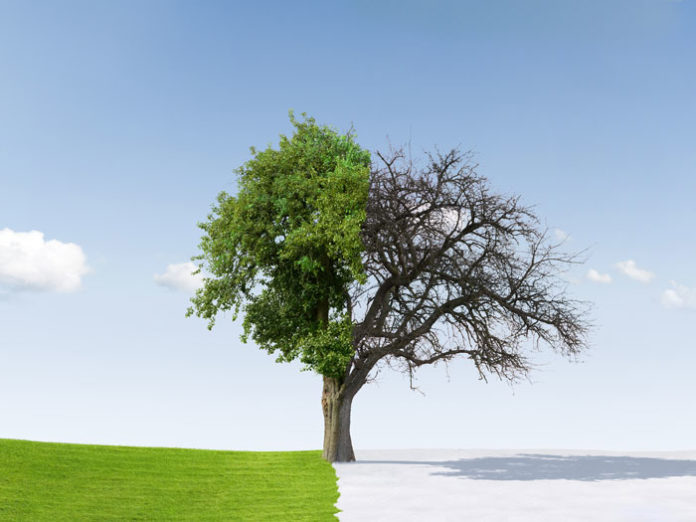Foreword:
As I grow older, I find that I castigate myself more and more—not about the things I did in my life, but about the things I did not do. As a toddler in a Yiddish-speaking family situated in an exclusively English-speaking community (Pittsburgh, PA, where my grandfather, zt”l, served as the Pittsburgher Rebbe), I had difficulty mastering multilingualism, and my parents were advised to stop speaking Yiddish to me. Within two months, I was speaking fluent English, but my full comprehension of the rich literary Yiddish of my father was irrevocably lost. Consequently, at the Shabbos table, when he used to pull out copies of his Yiddish articles to read to us (which ran weekly for decades in Der Yiddishe Vort, The Algemeiner Journal, Der Yid, and many others), I was not quite as attentive as I should have been. I knew that he was considered a Yiddish writing luminary, but since I didn’t understand his high-flung literary allusions, I was not fully appreciative. Sadly, “Ein navi b’iro” (one cannot be a prophet in his own town) is a truism that prevails in many homes, and although my mother was filled with awe and admiration at my father’s work, his children didn’t appreciate it enough. Today, of course, I deeply regret that I did not revel in my father’s mastery, nor give him the familial validation he deserved. His Yiddish was old school and flowery; not easily translatable. With the assistance of my husband, I have tried my best to convey the gist of his metaphorical and lyrical piece about trees in Shvat, but I have taken liberties to modernize some of the inflections of a classical Yiddish now considered arcane. Although my father’s Yiddish was rooted in the alte heim, his poetic message remains eternal:





















